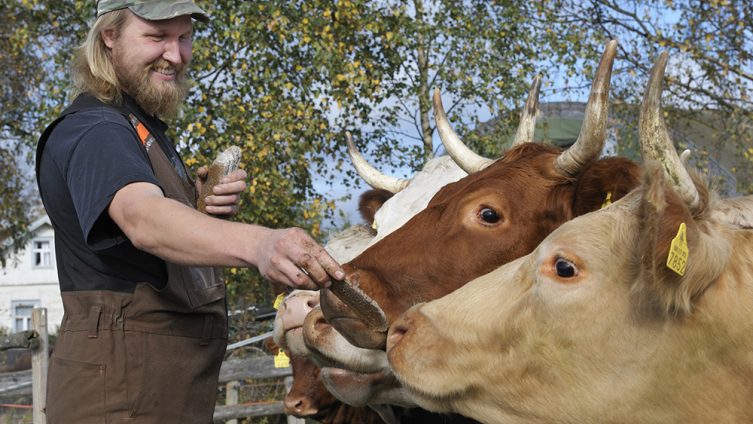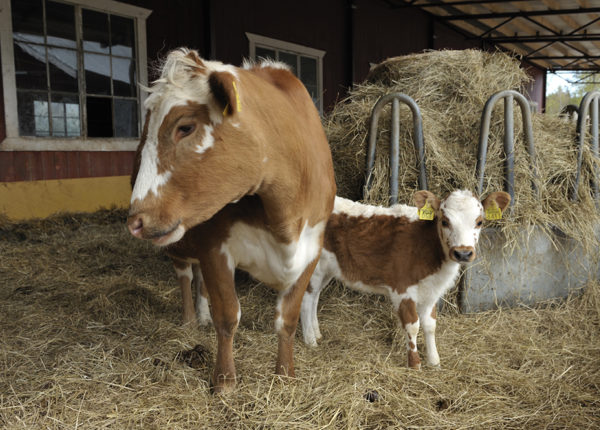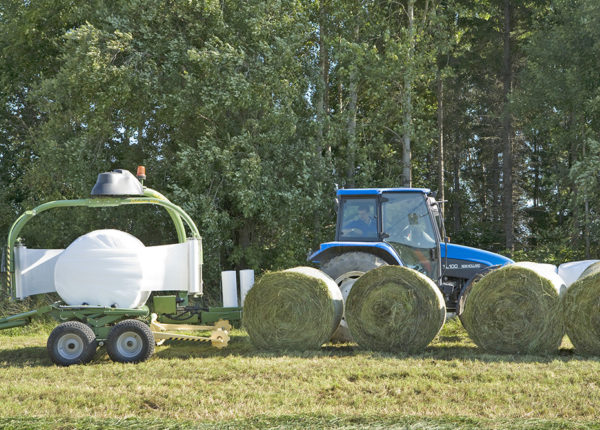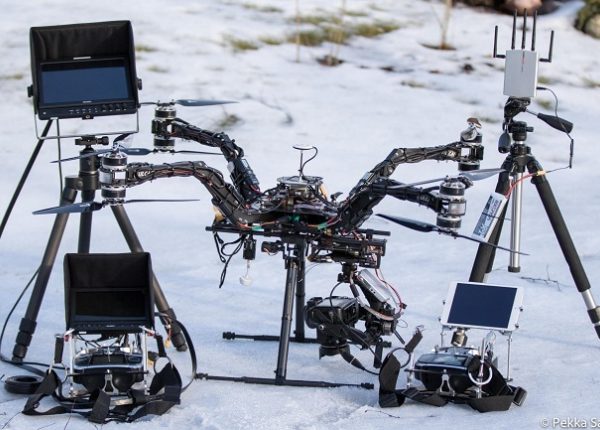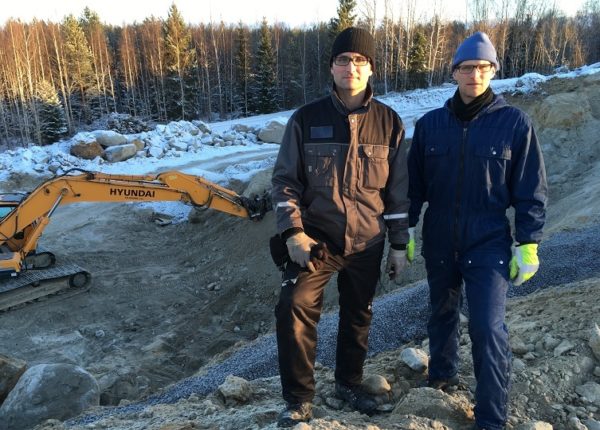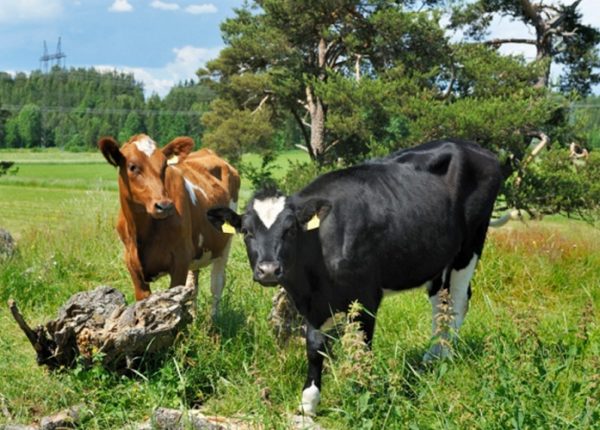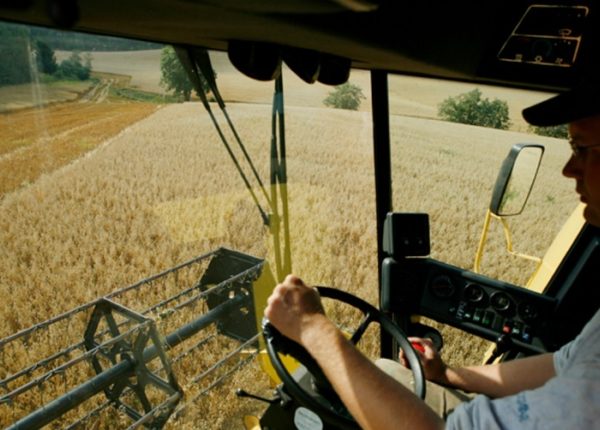“In the ÄLYREHU project, which focuses on smart measurements in cattle feeding and health care, our aim is to find solutions for the quality control of fodder and to keep track of the animal-specific balance in cattle feeding. We decided to approach the subject through the development of measurement instruments suitable for use on farms and the related data transfer applications, to enable the efficient utilisation of measurement results,” explains Tuija Kallio, Project Researcher at the University of Oulu Measurement Technology Research Unit.
Efficient daily work and lower feeding costs
The project focuses on a number of stages critical in terms of the quality of cattle feeding: fodder harvesting times, sampling, preparation of the cattle feed mash and monitoring of the nutritional status of cattle.“On cattle farms, fodder costs can account for more than 50% of production costs. Of the total fodder consumption of dairy cows, silage constitutes around 55% of the dry matter consumed. Silage is usually produced on the farm, and its quality significantly influences the need to purchase fodder,” says Kallio. It is therefore hoped that the project’s solutions help not only by enhancing the efficiency of daily work, but also by reducing feeding costs.
Measurement technology expertise for the agricultural sector
“The Measurement Technology Research Unit is a new player in the agricultural sector. The idea for the project came to us when pondering how we might contribute to the development of agriculture. Since agriculture is a regionally significant line of industry in the Kainuu region, some of the unit's personnel have in fact grown up in the countryside, or are still involved in agriculture in one way or another,” says Kallio about the project’s background.
“Co-operation with ProAgria Kainuu had already begun earlier, when we investigated measurement needs in agriculture. In the brainstorming phase, they were therefore a natural partner and served as the contact with agricultural entrepreneurs, whose needs were taken into account in the early stages of the brainstorming process, as we started to plan the project as a whole,” says Kallio.
Range of benefits
The benefits from the project’s results and the data it produces include maximising milk production, which is achieved by using better quality silage and the correct ratio of silage to concentrated feed.“We hope to gain cost savings from optimising the use of purchased fodder and lower veterinary and medication costs, by monitoring the nutritional health of cattle.Another aim is to improve the efficiency of the entrepreneur’s time management by making fodder sampling easier and improving data transfer and the management of measurement results,” Kallio adds. Project outcomes will benefit all cattle farmers, particularly dairy farms and farms using cattle feed mash.
Collaborating with a number of partners
The project is being implemented by the University of Oulu Measurement Technology Unit (MITY) and ProAgria Kainuu. Eight local agricultural businesses are involved as primary producers in the innovation group, and as key parties implementing most of the project measures.
Experts in the innovation group include the software developer MTech Digital Solutions Oy, Semes Oy, a manufacturer of forage sample drills, ProAgria’s nationwide feeding and automated milking expert and a representative of local veterinarians.
MITY is responsible for the development of measurement methods and data transfer, as well as testing the suitability of equipment and methods, and piloting arrangements. ProAgria Kainuu is responsible for the connection to the appropriate development of expert services and for collecting the necessary grassland and silage samples from the farms, and in equipment tests, the implementation of field measurements to determine harvesting times.
The project is one of the agricultural innovation groups selected in 2017 (EIP).
Further information
Tuija Kallio, Project Researcher, firstname.lastname@oulu.fi
